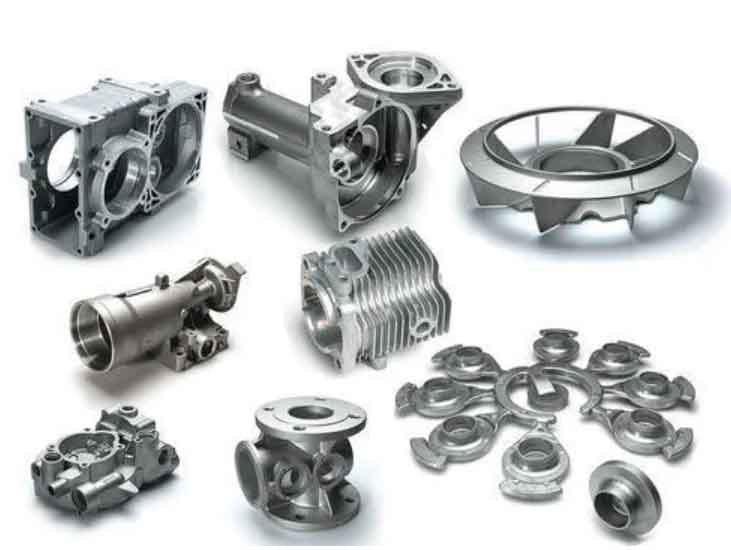
Gray cast iron, with its long history and established properties, continues to find a balance between tradition and innovation in the modern world. While it is a material that has been used for centuries, advancements in casting techniques, alloy compositions, and manufacturing processes have allowed for its continued relevance and adaptation to contemporary needs. Here are some ways gray cast iron maintains its balance between tradition and innovation:
- Traditional Applications: Gray cast iron is still widely used in traditional applications where its strength, durability, and heat resistance are highly valued. These include automotive components like engine blocks and cylinder heads, industrial machinery, construction materials, and infrastructure components. Gray cast iron’s properties have stood the test of time and continue to provide reliable and cost-effective solutions in these industries.
- Innovative Applications: Gray cast iron has also found new applications in innovative fields. For example, it is utilized in the manufacturing of wind turbine components, such as hubs and bedplates, where its high strength, vibration damping capabilities, and cost-effectiveness make it an ideal choice. Gray cast iron is also used in 3D printing technologies, where it can be printed and utilized in complex geometries and customized designs.
- Material Improvements: With advancements in metallurgy and alloy compositions, gray cast iron has been enhanced to meet modern requirements. Alloy modifications and heat treatments can improve its properties, such as increasing strength, reducing brittleness, and enhancing wear resistance. These advancements allow gray cast iron to withstand higher stresses and extend its application range.
- Efficient Production Techniques: Innovations in casting technologies, such as computer-aided design (CAD), simulation software, and automated casting processes, have improved the efficiency and precision of gray cast iron production. These advancements help reduce costs, minimize defects, and optimize the casting process for better quality control.
- Sustainable Manufacturing: Gray cast iron’s recyclability and low energy consumption during production align with modern sustainability initiatives. The ability to recycle gray cast iron scrap and the efficient use of raw materials contribute to reducing environmental impact and promoting a circular economy.
- Integration with Other Materials: Gray cast iron is often combined with other materials, such as steel or composites, to create hybrid components that leverage the best properties of each material. This integration allows for innovative designs that balance the benefits of gray cast iron with the advantages of other materials, such as weight reduction, improved performance, or enhanced corrosion resistance.
By embracing both tradition and innovation, gray cast iron continues to be a valuable material in various industries. Its proven qualities, coupled with ongoing advancements and adaptations, ensure its relevance and effectiveness in meeting the evolving needs of the modern world.
